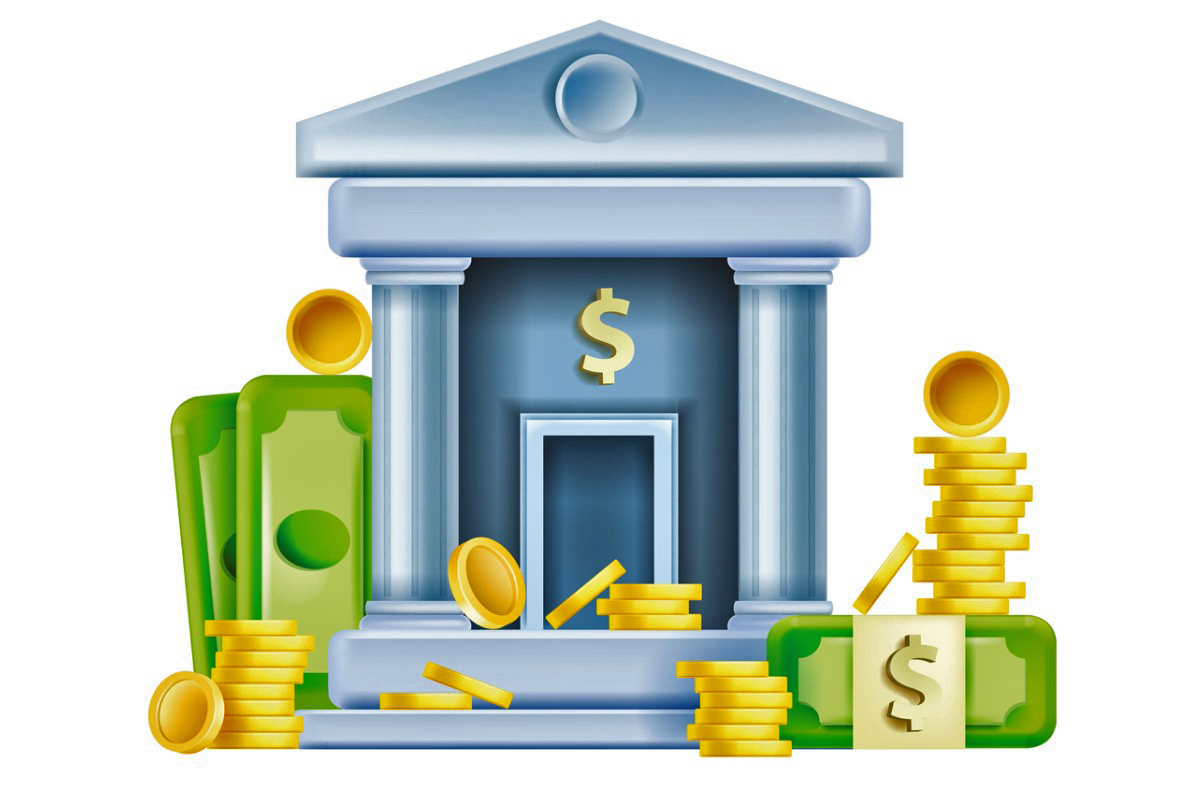
The amount of liquidity pumped into the U.S. economy since the pandemic’s outset was a stunning $13.5 trillion, or 59% of gross domestic production 2021—and that has come back to haunt us, according to a Bank of America research note.
For the stock market, all this rocket fuel was a propellant up to this year, when the stimulus, both fiscal and monetary, went away, argues Lauren Sanfilippo, senior investment strategist. In her estimation, “The bigger the stimulus, the bigger the hangover.”
By detailing the precise dollar amounts, she illustrates the dimensions of today’s woes, embodied by surging inflation and Federal Reserve tightening. This represents “one of the greatest capital surges/injections into the economy is U.S. history,” she writes. It certainly eclipsed what others did elsewhere in the world. Last year, the comparable figure for the eurozone was 50%, and for China, 18%.
The ratio of U.S. equities (using the Russell 3000) to GDP soared to 200% last fall, up from 57% during the 2008-09 financial crisis, Sanfilippo says. Now, given the stimulus retreat, it’s back down to 150% of GDP, but that’s still above the 122% average this century, she observes.
As a result, her report says, “fading public sector spending suggests added risk to the downside over the near term.” Hence, BofA is neutral on stocks going forward, meaning that it isn’t advocating selling them, but not buying them either. Fixed income gets an overweight designation from the bank.
Related Stories:
Retail Investors Aim to Spend $170 Billion in Stimulus Aid on Stocks, Survey Says
Will Snags with New Washington Stimulus Squelch the Economy and Stocks?
Low Volatility Stocks Usually Do Well—But There Are Traps
Tags: Bank of America, China, Eurozone, Federal Reserve, Financial Crisis, Fixed-Income, GDP, Stimulus, Stocks
